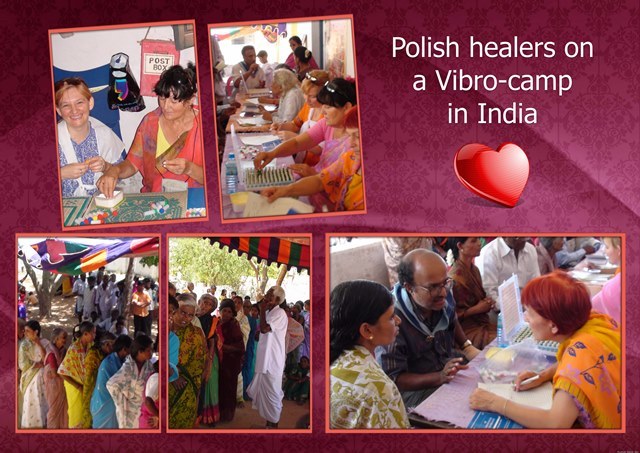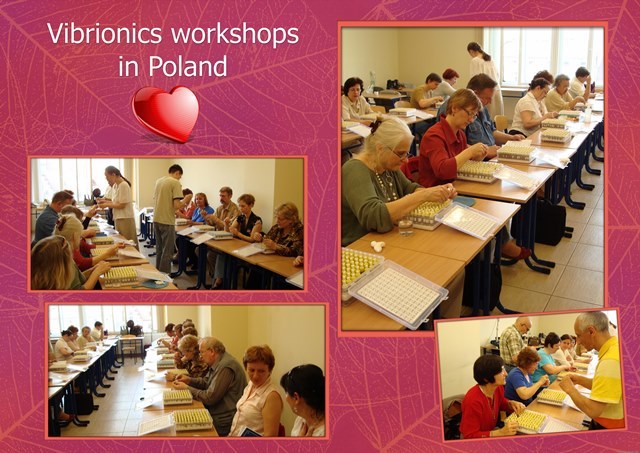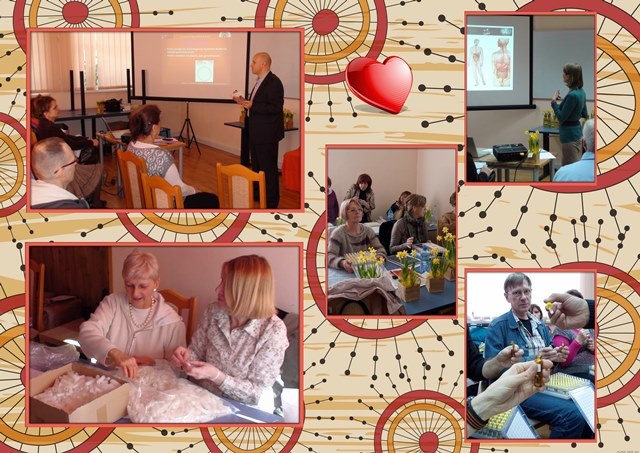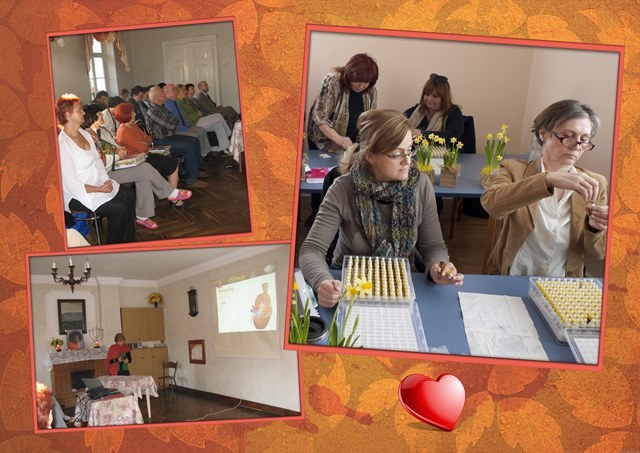In Addition
Vol 8 号 5
September/October 2017
Health Tips
Enjoying Food the Healthy Way!
“As is the food, so is the mind;
As is the mind, so are the thoughts;
As are the thoughts, so is the conduct;
As is the conduct, so is the health.” 1
1. What is Food? 2,3
What we commonly relate to as food is taken through the mouth and it pertains to taste and form. However, it is only one part of our total intake. Food is what we take in every moment through our five senses of sight, smell, hearing, taste, and touch. Tendencies of the mind are based on the food that is eaten as well as absorbed through the other senses. Each sense organ needs pure food. So, we need to pay attention to all our intakes. The body becomes the temple of God only when pure food is taken through all the sense organs.
2. We need food 4-6
Among the necessities of life, food for nourishing the body comes first since every activity of man is dependent on the energy he derives from food. Also, it is needed for the mind to exist and to exercise discrimination. Life starts with and is maintained by food to achieve its purpose, which is to recognize and realize the spirit that lives in the body and enlivens it. Life sustained by food is limited; life sustained by our divine spirit is eternal.
3. Food impacts body & mind 2,7,10
Food decides the nature of our mind. Like our body, food also has gross, subtle, and subtler elements to it. After digestion, the gross part of the solid food is thrown out as excreta, the subtle part goes into the making of muscles and bones to sustain the body, and the subtlest part becomes the mind. Similarly the gross part of the liquids and water we drink goes out as urine, their subtle part becomes the blood and the subtlest part becomes the prana or life force. So the nature and quality of food are very important.
4. Guiding principle for nourishment 8-10
God resides in each one of us as the digestive fire to facilitate digestion of the food taken in. To God what should be given as food should be His own creation, not what is made by man. With this being the guiding principle, food has been categorized by Indian scriptures as Satvic, Rajasic and Tamasic, based on the corresponding qualities in the food. It is recommended that everyone who wishes to advance spiritually should take satvic food. Satvic food is closer to nature and plant life, causing no harm to any other organism or evolved life or beings. It induces purity, contentment, health, long life and lightness of spiritconducive to spiritual practice.
Rajasic food is that which is highly salty, sour, hot or spicy; it has a stimulating effect on the body and mind keeping one always in a state of duality. Eating such food seems pleasurable in the short run but may harm later leading to illness. Tamasic food is essentially stale or overcooked or excessively fatty which would create physical and mental dullness and sloth and is detrimental to health.
5. Satvic food 1,4,8-11
Examples include pure water, coconut water, fruits, green and other fresh vegetables, raw nuts (preferably soaked overnight), whole grain cereals, legumes and germinating pulses just sprouting. Pulses like mung beans and soya beans have high protein content. They should be soaked in water and eaten when they are chewable. Unpasteurized, non-homogenized and fresh milk (preferably diluted) and milk derivatives like yogurt, fresh butter, cheese, ghee and raw honey are considered satvic but these should be consumed in a limited quantity.
Uncooked natural food is considered to be the best satvic food. Why is cooking not recommended? When seeds are fried or roasted, they do not sprout because their life force has been eliminated. Man alone lives on cooked and denatured food of various kinds and becomes prone to illness. Birds and animals that live on natural food do not attract disease.
The next best in the satvic category is lightly cooked or steamed food including vegetables and greens, all freshly cooked. The longer one waits after cooking, more tamasic the food becomes. The cooking utensils and ingredients should be clean and the food prepared with love and served with a smile so that pure vibrations are passed on to the food to sustain and strengthen the body. Daily intake of satvic food would not arouse the rajasic impulses and emotions of desire, anger, pride, greed, illusion and jealousy.
6. Cleaning fruits and vegetables 12-15
Apprehension about the remnants of pesticides and insecticides in raw food cannot be brushed aside. One way is to wash the fruits and vegetables thoroughly under clean running water. They can also be washed with 2% salt water (20 gm of salt in a litre of water) to remove most of the residues on their surface. Some may require two to three washings. Another method is to soak fruits and vegetables for twenty minutes in a bowl half full of water with one tablespoon of salt and two of vinegar and then wash them thoroughly in fresh water. Soaking these for a longer period or blanching will clean them but this may cause loss of nutrients. Alternatively one may grow one’s own organic vegetables or seek these from reliable sources.
7. Offer food to God first 11,16
We should offer the food first to the God one has faith in or to one’s highest Self, with gratitude. We should also thank all those who made it possible for us to have the food. One may pray before eating that no being should go without food and fresh drinking water. One may give thanks in silence or chant a mantra or any suitable prayer before starting to eat. This would purify and sanctify the food, removing any negative energy from the grower or preparer of the food and help to assimilate the food’s essence into our body and purify the heart.
8. How to partake of food? 1,3,17-19
Sanctified food is a divine blessing and best eaten in silence, with love and gratitude, in a calm atmosphere, in an erect but relaxed sitting posture. It should be chewed well with reverential attention and made into a meditative act to facilitate proper digestion and assimilation. 50% of digestion takes place in the mouth itself. One can make one’s eating pleasurable by eating with family and friends or in any other good company, or alone with thoughts of the Divine. Ayurveda encourages eating with one’s own hand as each finger is an extension of one of the five elements and aids in proper digestion.
It’s best not to enter into any discussion while taking food, nor watch TV or listen to unsavoury matters to disturb the mind. What is seen and heard will take roots in due course and grow in the mind automatically and harm one’s health. Food should not be eaten in haste or in a standing position or as an inevitable chore or duty towards the body.
One should take easily digestible food like fruits and some raw vegetables first before having any other kind of solid food. Water or liquids should not be taken during food unless the food is very dry. Drink water half an hour before and at least two hours after a meal.
9. How much and when to eat 3,10,17,18
The food should be eaten in moderate quantity, to the extent necessary, as a medicine for the disease called hunger. Stop eating when you are still a little hungry. At the end of a meal, your stomach should contain 50% solids, 25% liquids and 25% air to allow for the digestive juices and fermentation. The rule of thumb is that one should feel lighter even after a meal than the way one felt at start of the meal, and not feel sleepy or dull. Feeling full at the end of a meal indicates one has over eaten.
Even when one takes satvic diet, if the food is too rich (eg, it contains excess of ghee or jaggery) or taken in excess, this would awaken and aggravate rajasic and tamasic qualities.
The intake of food should be gradually reduced after crossing fifty years of age. If we cultivate the attitude of “I am not the body”, the body will not demand so much food or variety. It is better to know and be sensitive to one’s own bodily needs and calls. Dinner should be light and not taken late at night. The stomach should not be loaded out of habit. One should wait until one gets the call of biting hunger before proceeding to the next meal. It is known, one who eats three times a day is a rogi (diseased); one who eats twice a day is a bhogi (indulgent); one who eats once a day is a yogi (spiritually advanced).
10. Foods to avoid or minimize 10,18
The following items should be eliminated or at least minimised from your diet: packaged food with additives - artificial emulsifiers, colourings, flavourings, MSG which is a taste enhancer and not a preservative but extremely harmful; sweets, chocolate, ice cream; carbonated drinks, caffeine as found in coffee and tea; refined, processed, fatty or fried food.
Try to reduce the consumption of the following five white food items: milk or milk products including cheese and butter (substitute with nut or coconut milk, buttermilk or yoghurt), white sugar (if you must, go for jaggery or unrefined raw cane sugar), salt (replace with rock salt), white flour or its preparations (use whole wheat flour or millets instead) and polished rice (unpolished and unrefined brown rice can be eaten).
Avoid non-vegetarian food including eggs and fish and also alcohol and tobacco since these are not amenable to the divine constitution of human beings. These act as barriers to spiritual growth.
11. How to change food habits 15,20
Why wait until you become sick to change your unhealthy diet? But there cannot be ONE perfect diet for all. One can experiment with food to know what works best and what makes one feel happy and healthy. One should first make up one’s mind by encouraging oneself or by shaking oneself up a little and bring about healthy changes in one’s food habits over a period of time. This would give adequate time to both the mental and the physical bodies to adjust themselves and co-operate. One can set small food goals for each week and feel happy about the changes and then proceed steadily towards the ideal. For those who find this difficult, simply following the middle path may be more practical.
12. Food and character 10
Food is the basis of man’s character. All men are essentially one but they become different because of the quality of food they partake through their senses and this paves the way for differences and conflicts in the society. There can never be a bond of understanding between two people if one of them is eating satvic food and the other rajasic food. If one wants to develop friendship with God, one should take satvic food, develop satvic nature and have satvic thoughts, because God is purely satvic in nature.
Links: This article is mainly based on teachings of Sai on food
- Sathya Sai Speaks Vol 27-3, Food, the heart, and the Mind, 21st January 1994
- Sathya Sai Speaks Vol 23-16, The Buddhi and the Atma, 26th May 1990
- Sathya Sai Speaks Vol 29-03,Triple transformation: Sankranti’s Call,15th January 1996
- Sathya Sai Speaks Vol 14-31, Food and Health, 21st September 1979
- Sathya Sai Speaks Vol 24-16, The Human Predicament and the Divine, 30th May 1991;
- Sathya Sai Speaks Vol 13-19, The Message of Love, 23rd November 1975 & Summer showers in Brindavan 1972, Chapter 4
- Sathya Sai Speaks Summer Showers in Brindavan 1993 Chapter 11.
- Sathya Sai Speaks 10th Aug 1983, Prashanti Nilayam, Sathya Sai Baba Speaks on Food, Sri Sathya Sai Sadhana Trust, Publications 2014, page 17-19
- Sathya Sai Speaks Vol 11, Forms of Food, 28th January 1971; Bhagvad Gita, Chapter 17, verses 7-10
- Sathya Sai Speaks Vol 16-19, Food and Character
- Sathya Sai Speaks Vol 35-22, Listen to the Master of Universe and Transform Yourselves into Ideal Human Beings, 23rd November 2002
- http://www.cfs.gov.hk/english/multimedia/multimedia_pub/multimedia_pub_fsf_128_02.html
- http://www.cseindia.org/node/2681
- https://www.quora.com/How-much-of-combination-is-2-salt-water
- Manual for Vibrionics Practitioners, chapter 9
- Sathya Sai Baba Speaks on Food, Sri Sathya Sai Sadhana Trust, Publications, 2014, page 21-22
- Food & Body, Isha Health and wholeness Guides
- https://www.mygov.in/sites/default/files/user_comments/Health_Tips_latest%20pdf.pdf
- Sai Vibrionics Newsletter, Vol.8 issue 2, p-15
- https://zenhabits.net/eating
2. Sai Vibrionics in Poland as reported by Polish Coordinator 02515
The first Sai Vibrionics seminar took place in Poland in 1999 with the first visit of Dr Aggarwal to our country. Two years later he visited Poland again and held numerous workshops. Many devotees from Poland had earlier participated in Sai Vibrionics courses when they visited Prashanti Nilayam, Puttaparthi, India.
With the introduction of the set of 108 Common Combos, the system of training was simplified. Consequently, regular courses could be organized in Poland without additional support from outside Poland. Upto now there have been 12 seminars, with more to come; the last one was held in March 2017 in Spala. Currently in Poland there are over 250 practitioners who have completed the course and have fulfilled all requirements qualifying them for a certificate to practice this system of healing.
In the last five years, Polish practitioners treated over 29,000 patients and spent nearly 59,000 hours doing Vibrionics seva. We have been organizing two types of meetings: a course for beginners and workshops for advanced practitioners. Upto seventy people from all over Poland have participated in such meetings; these have enabled practitioners to develop skills and deepen their knowledge of Sai Vibrionics.






